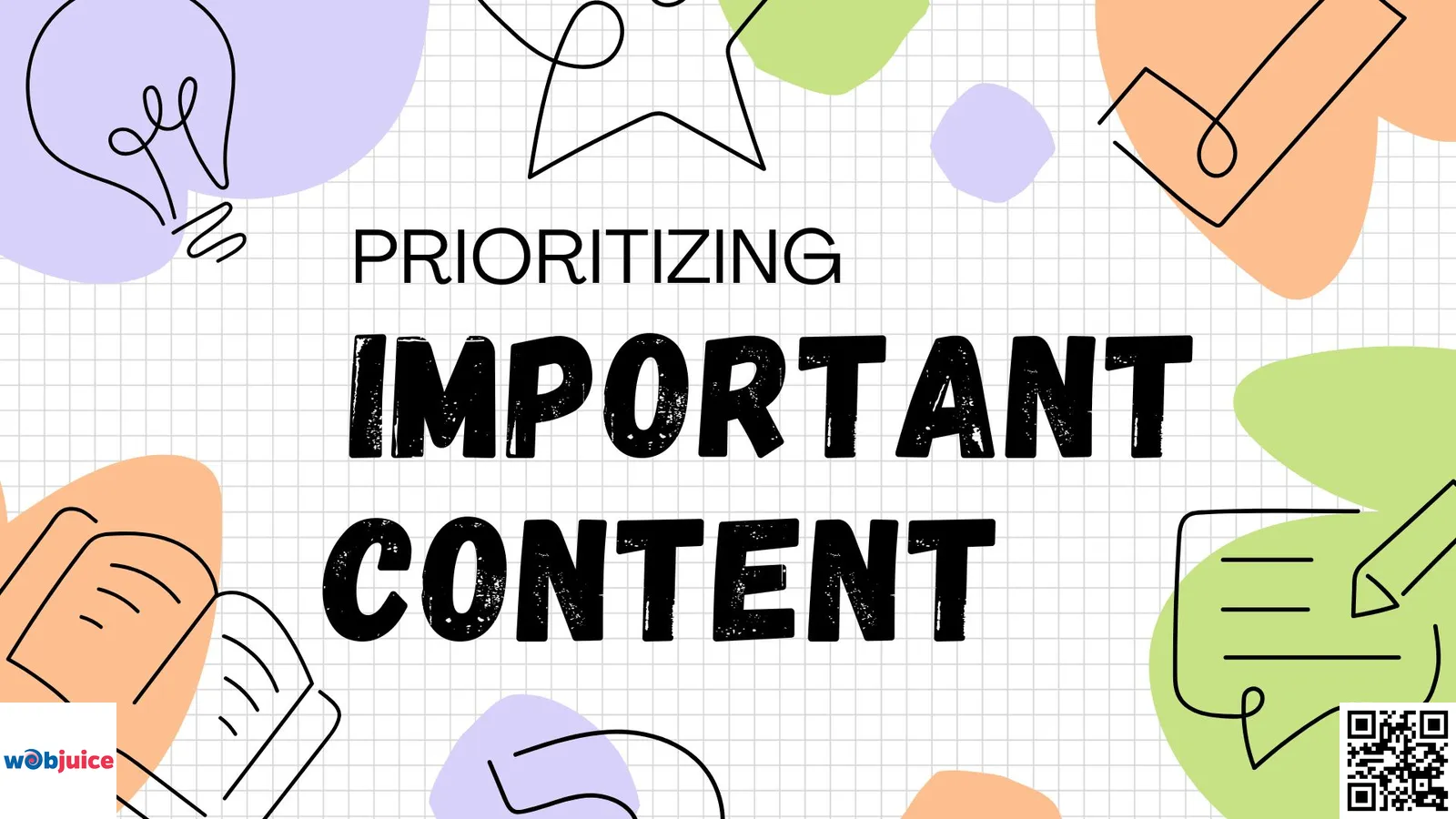An XML sitemap is a helpful guide for search engines.
It aids them in finding and listing your pages quickly.
This increases your visibility and helps new content get noticed faster.
Sitemaps point out key content and show when it was last changed.
Sitemaps make it easier for users to find what they need.
Good management of sitemaps can also improve your SEO strategy .
Remember to look into other parts of XML sitemaps.
This will help you get the most out of them for your website’s growth.
XML sitemaps are important for your website. They help search engines find and read your pages better. Sitemaps guide search engines to all your content quickly. They help point out which pages are more important and new.
You were keeping your sitemap updated, which shows that your content matters. This helps search engines focus on your best pages.
These digital maps make it easier to find content and use the website. This change often leads to more people interacting with your site and better search rankings.
Sitemaps improve your website’s visibility, lower bounce rates, and increase the time users spend on your site.
A sitemap is a strong tool that helps search engines and users find their way to your website better. This helps your site’s overall performance and success in search results.
VIDEO An XML sitemap helps search engines see how the site is organized.
It acts as a roadmap for search engine crawlers, making it easier to find content.
This helps ensure that all pages are indexed properly, leading to better visibility on the web.
Crawlability and indexability are important parts of SEO.
XML sitemaps help with these issues, so they are vital for improving search performance.
A good XML sitemap helps search engines find and read your site better.
You can add important details, like when pages were last changed and how important each page is.
This helps search engines know which URLs matter more.
Also, an XML sitemap can help speed up the crawling process.
This allows new content to be found and added more quickly.
It means your newest updates get to your audience faster.
XML sitemaps give a clear layout of a site’s structure, making it easier for search engine bots to find content.
By listing all important URLs, site owners make sure search engines can locate every page that is important to their audience.
Implementing XML sitemaps is an important aspect of technical SEO best practices ,
They help improve how well a site shows up and performs in search results.
XML sitemaps show which pages are most important and when they were last updated.
This helps search engines decide which content to crawl first.
These benefits make XML sitemaps an important tool for getting better search engine results and being seen online.
An XML sitemap helps improve indexing by giving search engines a clear view of your site’s makeup.
This makes it easier for search engine crawlers to find and explore your content.
As a result, your pages can be indexed faster and more accurately.
XML sitemaps show which pages are very important.
Search engines use this information to decide what to crawl first.
This way, your best content can get more attention.
By making your sitemap better, you help the crawling process and improve your chance of ranking higher in search results.
Regularly updating your sitemap tells search engines that your content is new and important.
By using an XML sitemap, you are being proactive with your indexing plan.
Prioritizing important content in XML sitemaps makes search engines understand which pages matter.
When you highlight key content, search engines know where to focus their attention.
This can lead to better rankings and more traffic.
A well-organized sitemap shows search engines how often pages are updated.
This helps them crawl your site more effectively.
Implementing schema markup alongside XML sitemaps can further boost website visibility.
Overall, it improves your site’s visibility in search results.
We make the user experience better by improving navigation and simplifying the search feature.
Breadcrumb navigation is helpful.
It shows clear paths and gives context to visitors.
We need to keep visitors interested and happy.
By making these changes, we create a friendlier site.
This way, both visitors and site owners gain from it.
A smooth user journey is very important.
When users can quickly find what they need, they stay longer.
This higher engagement sends good signals to search engines.
So, your site might rank better in search results.
A better navigation structure helps users enjoy their time on websites .
It makes it easy for visitors to find what they want.
When users can find things easily, they are more likely to stay and look at more content.
A well-organized site helps guide users smoothly, so they do not feel lost or confused.
XML sitemaps act like maps that show all the pages on your site.
Search engines use these maps to index the content well.
A good navigation structure makes your website easy to use.
It helps people find information fast.
In short, a better navigation structure is important for a good website.
It helps people use your site more easily and improves your SEO work.
This results in more visitors and increased engagement with your content.
An XML sitemap helps search engines find your website’s content faster.
This makes it easier for them to index what you have.
A good sitemap is important for a great user experience.
Search engines like Google use your sitemap to see how your site is organized and to find new or updated pages.
Faster content discovery helps your website get noticed and keeps users interested.
When visitors can quickly find the information they need, they tend to stay on your site and look around more.
An XML sitemap makes sure that all your important content is easy to find.
This includes blog posts, product pages , and videos.
By highlighting key pages in the sitemap, you help search engines pay attention to what is most important for your audience.
Investing in an XML sitemap is a smart choice.
It makes the user experience better, improves your site’s performance, and helps meet your SEO goals.
Streamlined search features help visitors find information faster.
This reduces frustration and helps them feel more engaged.
When users can find content easily, they tend to look around the site more.
An XML sitemap helps with this process.
It lets search engines index your content better.
A user-friendly search helps build trust.
It makes your brand look professional and reliable.
As a result, it encourages people to come back and helps create long-lasting relationships.
Investing in a clear search, backed by a strong XML sitemap, improves your site.
First, make sure your sitemap meets XML rules.
Use Google Search Console to send it in and keep an eye on it.
This helps find errors that hurt your website’s performance.
When creating your sitemap, mind duplicate content issues and use canonical tags to avoid confusing search engines.
Keep your sitemap up to date.
Update it whenever you add new pages or make major changes.
Organize your URLs, focusing on important pages.
Add more metadata like the last modified date or how often changes are made.
Link your sitemap in the footer of your website.
Using these practices helps your XML sitemap work better.
This boosts your website’s search engine performance and makes it more visible.
XML sitemap helps search engines find your important content.
An XML sitemap makes it easier for them to read your site.
This can help you get better rankings and more visibility.
It is a key part of your SEO plan.
This can also bring more visitors to your site.
XML sitemaps are great tools for improving how well you do online.
By using them, you are improving your search engine performance.
Let’s work together to use this helpful tool on your website.












